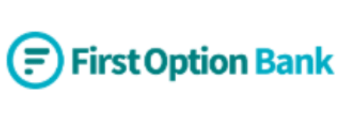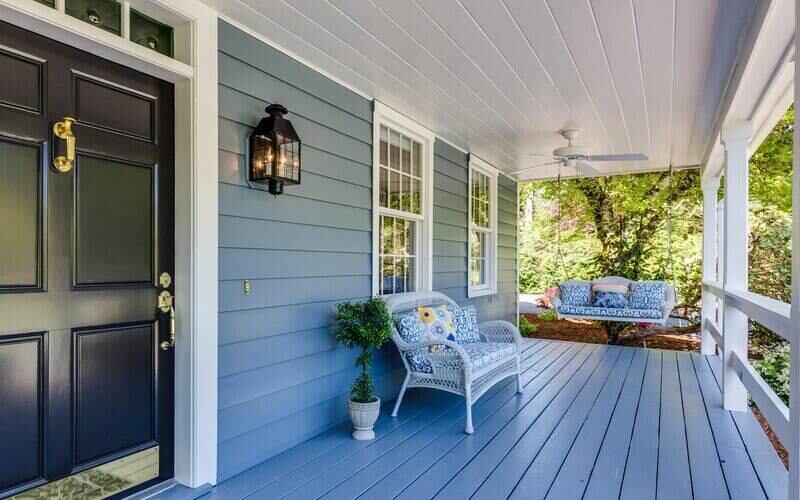ME Bank’s Bi-Annual Household Financial Comfort Report found Australian household financial comfort remained at a record level index of 6.04 out of 10 in December 2021 - an increase of 3% on results recorded a year ago and an 8% increase on December 2019.
ME Bank’s Consulting Economist Jeff Oughton said following the phasing out of COVID-19 related government financial assistance as well as the easing of restrictions, many households have maintained record financial comfort.
“This is largely reflected by rising residential property and investment markets, job gains driven by the economic recovery, high precautionary savings and record confidence in their ability to cope with a financial emergency,” Mr Oughton said.
Source: ME Bank Household Financial Comfort Report
The report noted since the onset of the pandemic, there have been very substantial improvements in comfort with cash savings up 16% since December 2019 and investments up 14% over the same period.
Mr Oughton said the rising costs of necessities and flat wages growth are a growing worry among households.
“On the surface, the financial comfort of the average Australian looks better than ever, but it’s fragile,” Mr Oughton said.
The cost of necessities has surged to be the most significant worry for Australian households, rising nine percentage points to 43% of households feeling the pinch.
The report highlighted heightened worry is widespread amongst single parents (53%) and empty nesters (51%) as well as those households earning below average incomes of between $40,000 and $75,000 (50%) and households with less than $1,000 in cash savings (59%).
Despite inflation appearing to hit seniors and age pensioners harder than most, ME Bank's report notes retirees continue to achieve the highest level of comfort across life stages – up 9% on its historical average of the past decade as well as prior to the onset of COVID.
Two out of three renters suffering rental stress
Dubbed the 'housing loser' by ME Bank's report, renters have been hit hardest by rising rents and other living costs, resulting in a 9% drop of financial comfort to 4.78 in December 2021– similar to pre-COVID and its historical average for the past decade.
.jpg)
Source: ME Bank Household Financial Comfort Report
The report outlines two out of three renters (67%) reported rental payment stress, as they paid out more than 30% of their household disposable income to cover rental payments.
Further, nearly one in five renters (19%) reported extreme rental stress compared to 12% a year ago with more than 60% of their household income going towards paying rent.
Managing Director of SQM Research Louis Christopher said an under supply of rentals continues to fuel rising rental prices, forecasting rents to rise a further 10% this year.
In contrast, ME Bank notes mortgage stress is substantially lower than rental stress with 35% of mortgagees reportedly paying more than 30% of their household disposable incomes on repayments, compared to 42% in June 2021 and 37% at the same time a year ago.
A fall in the unemployment rate, historically low borrowing costs and the deferral of loan repayments have helped contain mortgage stress.
The wages vs inflation equation
AMP Chief Economist Shane Oliver said rising costs appear to be here to stay for the short-term as inflation is expected to rise further, but households are still doing okay.
"We've seen over the course of the past year in particular, many households able to take advantage of savings built up by limiting spending and go well ahead in mortgage repayments," Mr Oliver told Savings.com.au.
“Foregoing goods in wake of increased price pressures can continue to allow Australians to save.
“In the immediate short-term it’s important that Australians remain cautious of their spending behaviours, continue to pay down debts, home loans and not get carried away by everything re-opening.”
Mr Oliver believes wages are going to be a decisive factor not only for impending RBA rate hikes, but key in terms of future financial comfort.
“We’ve overcome the great resignation period and now it’s a job-seekers' market,” he said.
“You may now have the potential for a pay rise or even to attract larger salaries than say a couple of years ago as the labour market continues to be incredibly tight.”
ANZ Economists Catherine Birch and Adelaide Timbrell echoed this sentiment, forecasting wage growth to accelerate strongly through 2022 supported by sharply lower employment figures and workers taking advantage of greater bargaining power.
Callam Pickering, Asia-Pacific economist at global jobs site Indeed, said adjusted for inflation, Australian wages actually declined over the course of 2021 putting pressure on household budgets.
“Forward-looking measures, such as job vacancies and job advertisements, suggest that the labour market is only going to tighten further, however increased competition for talent should spill over into higher wages, as businesses try to attract new staff and retain existing workers,” Mr Pickering said.
The latest wages growth data came it an annualised 2.3% for the December quarter, but Westpac economist Justin Smirk said policymakers should also look at bonuses and extra benefits.
"There was a 1.2% rise in the WPI including bonuses taking the annual pace from 2.2% to 3.0% on the year - a pace last seen in September 2019," Mr Smirk said.
"Employers tend to use variable compensation, such as bonus, to introduce some flexibility into their wage bill. Given how tight the labour market it is it not surprising that bonuses are running ahead of base wages."
Advertisement
Need somewhere to store cash and earn interest? The table below features savings accounts with some of the highest interest rates on the market.
| Bank | Savings Account | Base Interest Rate | Max Interest Rate | Total Interest Earned | Introductory Term | Minimum Amount | Maximum Amount | Linked Account Required | Minimum Monthly Deposit | Minimum Opening Deposit | Account Keeping Fee | ATM Access | Joint Application | Tags | Features | Link | Compare | Promoted Product | Disclosure |
|---|---|---|---|---|---|---|---|---|---|---|---|---|---|---|---|---|---|---|---|
3.70% p.a. | 5.15% p.a. Intro rate for 4 months then 3.70% p.a. | $844 | 4 months | $0 | $249,999 | $0 | $1 | $0 |
| Promoted | Disclosure | ||||||||
4.50% p.a. | 4.85% p.a. Intro rate for 4 months then 4.50% p.a. | $933 | 4 months | $0 | $99,999,999 | $0 | $0 | $0 |
| Promoted | Disclosure | ||||||||
4.20% p.a. | 4.95% p.a. Intro rate for 4 months then 4.20% p.a. | $899 | 4 months | $250,000 | $99,999,999 | $0 | $0 | – |
| Disclosure | |||||||||
3.05% p.a. | 4.85% p.a. Intro rate for 4 months then 3.05% p.a. | $736 | 4 months | $0 | $99,999,999 | $0 | $0 | – |
| ||||||||||
0.00% p.a. Bonus rate of 4.85% Rate varies on savings amount. | 4.85% p.a. | $992 | – | $0 | $99,999 | $0 | $0 | $0 |
| Promoted | Disclosure |
Image by Javier Allegue Barros via Unsplash

Ready, Set, Buy!
Learn everything you need to know about buying property – from choosing the right property and home loan, to the purchasing process, tips to save money and more!
With bonus Q&A sheet and Crossword!








 Brooke Cooper
Brooke Cooper
 Rachel Horan
Rachel Horan













